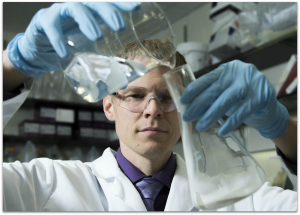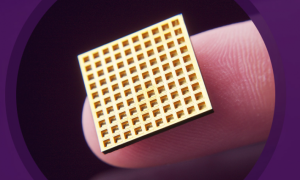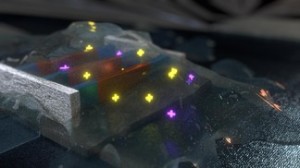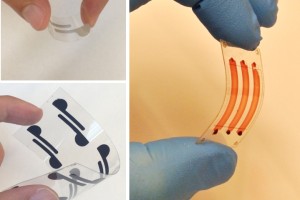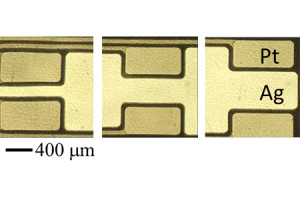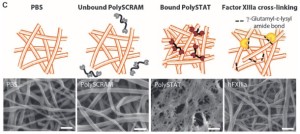Join the ECS Canada Section for its Spring 2021 Meeting on Saturday, May 15.
Keynote speaker
Electrochemistry for a Sustainable and Healthier Future
Dr. Wolfgang Schuhmann, FRSC
Ruhr-Universität Bochum, Germany
Other confirmed speakers
Shelley Minteer, University of Utah, U.S.
Sanela Martic, Trent University, Canada
Maria de Rosa, Carleton University, Canada
David Herbert, University of Manitoba, Canada
Leanne Chen, University of Guelph, Canada
Philippe Dauphin Ducharme, Université de Sherbrooke, Canada (more…)


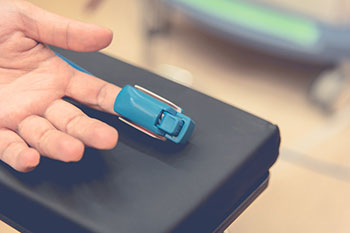 Engineers used tissue paper—similar to toilet tissue—to make a new kind of wearable sensor that can detect a pulse or a blink of an eye.
Engineers used tissue paper—similar to toilet tissue—to make a new kind of wearable sensor that can detect a pulse or a blink of an eye.